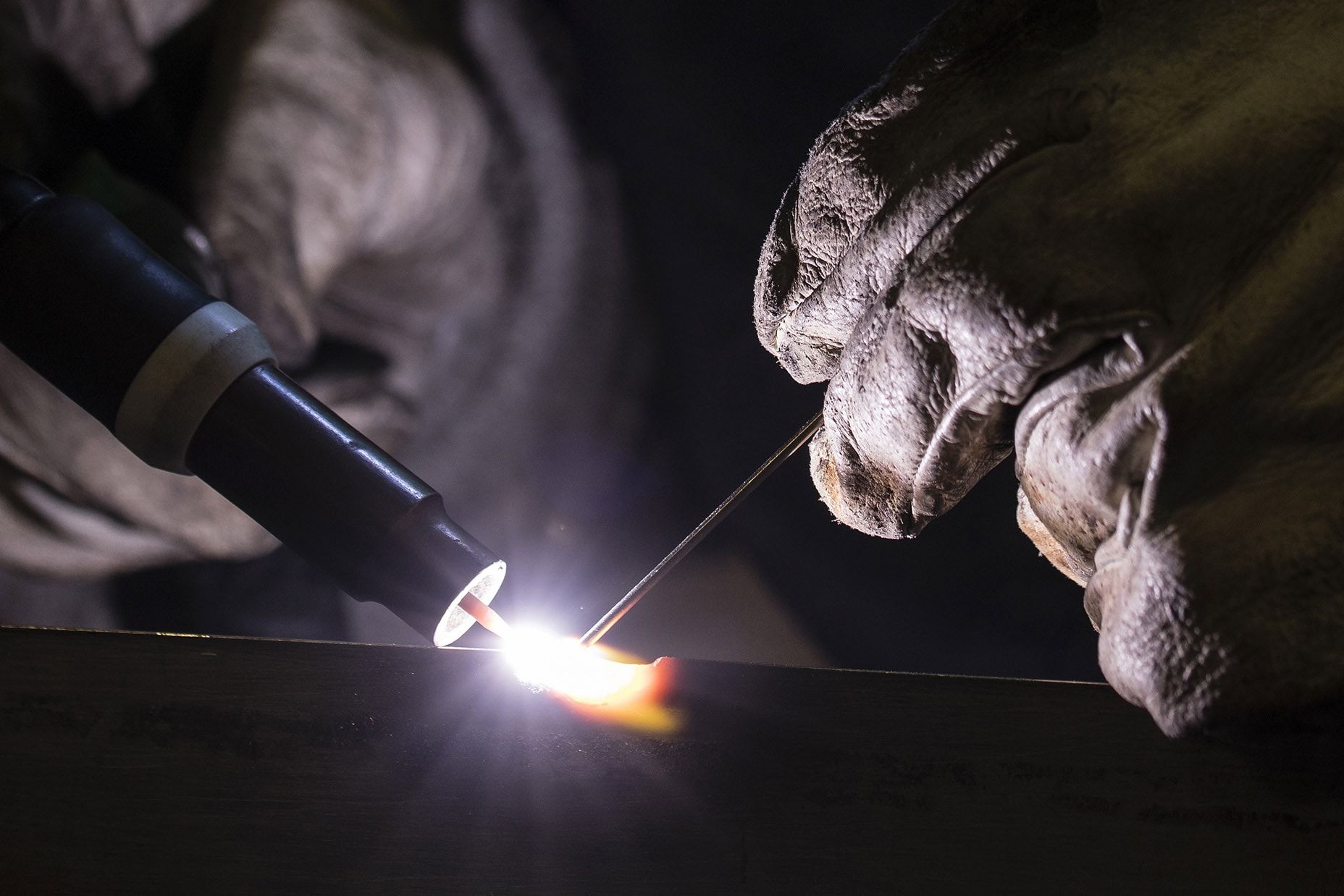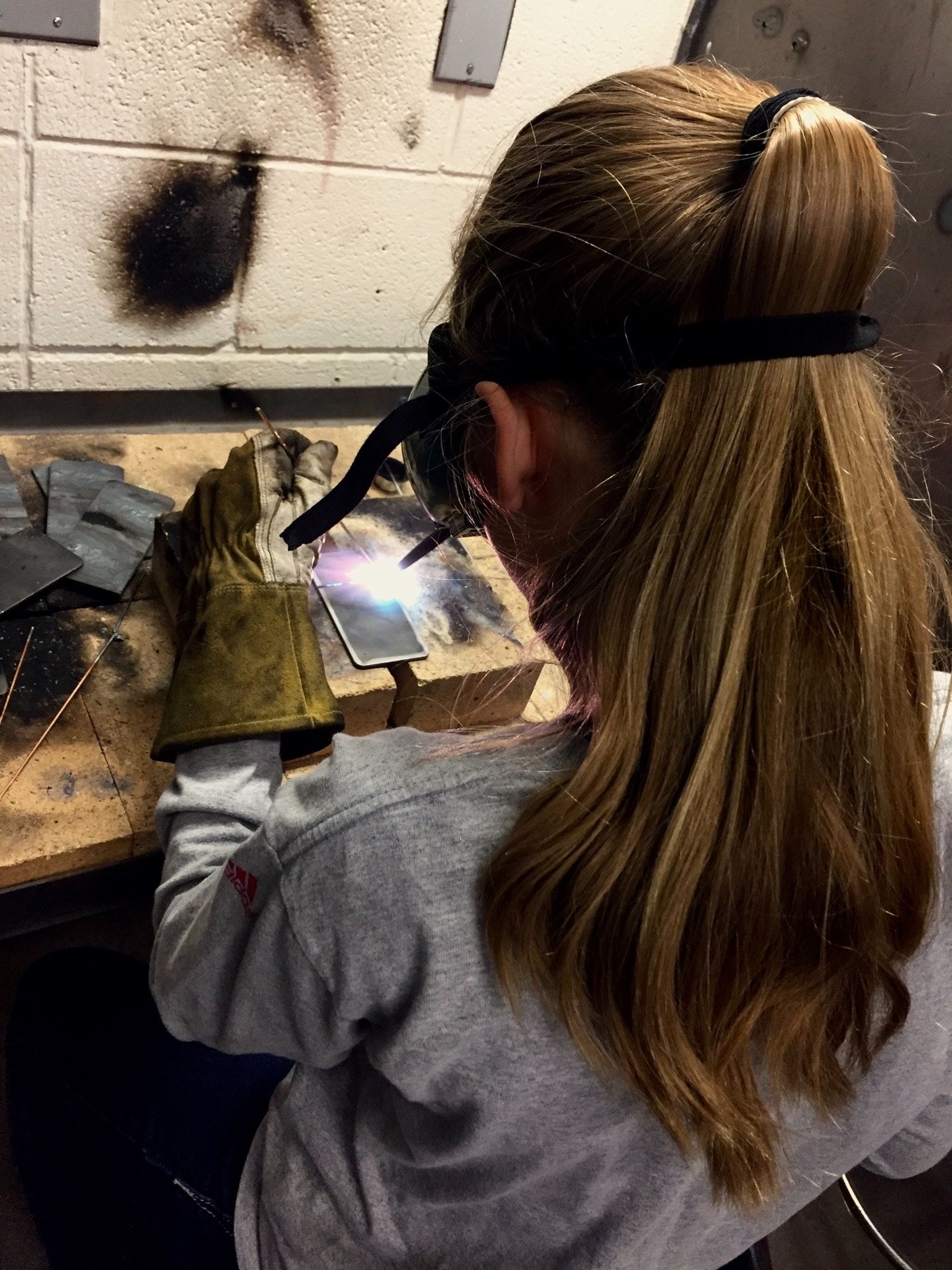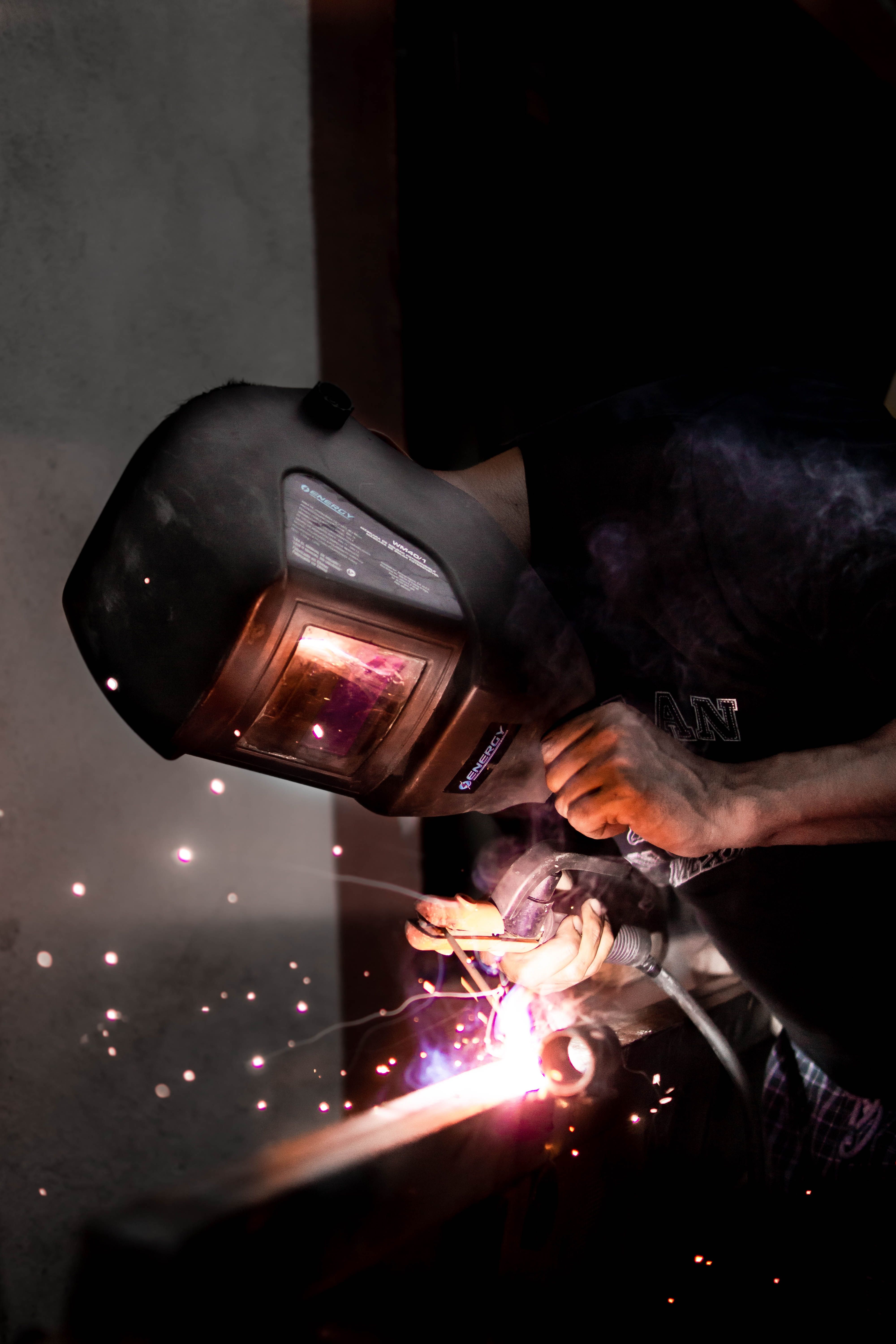Introduction
Tungsten Inert Gas (TIG) welding, also known as Gas Tungsten Arc Welding (GTAW), is a precise and versatile welding process commonly used to join metals. TIG welding requires a high level of skill and finesse to produce strong, clean, and visually appealing welds. Whether you are a beginner or an experienced welder, there are always ways to enhance your TIG welding technique. In this article, we will explore ten valuable tips to help you improve your TIG welds and achieve exceptional results.
Master Your Machine Settings
The first step to improving your TIG welds is to thoroughly understand and control your welding machine's settings. Familiarize yourself with parameters such as amperage, voltage, and gas flow. Fine-tuning these settings to suit the metal thickness and type you're working with will enhance the stability and quality of your welds.
Select the Right Tungsten Electrode
The choice of tungsten electrode is crucial for TIG welding success. Select the appropriate electrode size and type based on the metal you are welding. For instance, a thoriated tungsten electrode is ideal for steel, while a ceriated or lanthanated tungsten electrode works well with aluminum and other non-ferrous metals.
Keep it Clean
Before initiating a weld, ensure the base metal is impeccably clean and free from contaminants. Use a stainless steel wire brush or chemical cleaner to remove any dirt, grease, or oxidation. A clean workpiece will prevent impurities from getting trapped in the weld, leading to a more refined final result.
Maintain a Steady Hand
Steadiness is vital in TIG welding, as even the slightest tremor can affect weld quality. To improve control, practice maintaining a steady hand while feeding the filler rod. Consider using additional support or a comfortable welding position to stabilize your hand during the welding process.
Achieve the Right Arc Length
Maintaining the proper arc length is essential for creating strong and consistent welds. Aim for a consistent arc gap, typically between 1/8 and 3/16 of an inch, depending on the metal thickness. Too short an arc can lead to tungsten contamination, while too long an arc might result in insufficient penetration.
Control Welding Speed
Controlling your welding speed is vital to ensure proper fusion between the base metal and filler rod. Welding too quickly can cause a lack of penetration, while welding too slowly can lead to excessive heat buildup and potential warping. Practice maintaining a steady and uniform welding speed to achieve optimal results.
Manage Filler Rod Replacement
Feeding the filler rod accurately is crucial for smooth welds. Hold the filler rod at the correct angle and ensure it's positioned within the weld pool, just ahead of the heat-affected zone. This technique promotes proper fusion and reduces the likelihood of defects, such as underfill or cold lapping.
Optimize Shielding Gas Coverage
TIG welding relies on an inert shielding gas, typically argon, to protect the weld pool from atmospheric contamination. To improve your welds, ensure adequate gas flow and coverage around the weld area. Gas flow rates can vary depending on the welding machine and the thickness of the material, so always consult the equipment's manual for recommendations.
Use Back Purging for Stainless Steel Welds
When TIG welding stainless steel, back purging can significantly enhance the weld's integrity. Back purging involves introducing an inert gas into the backside of the joint to prevent oxidation and ensure a clean weld. This technique is particularly essential for critical applications or when welding materials susceptible to corrosion.




